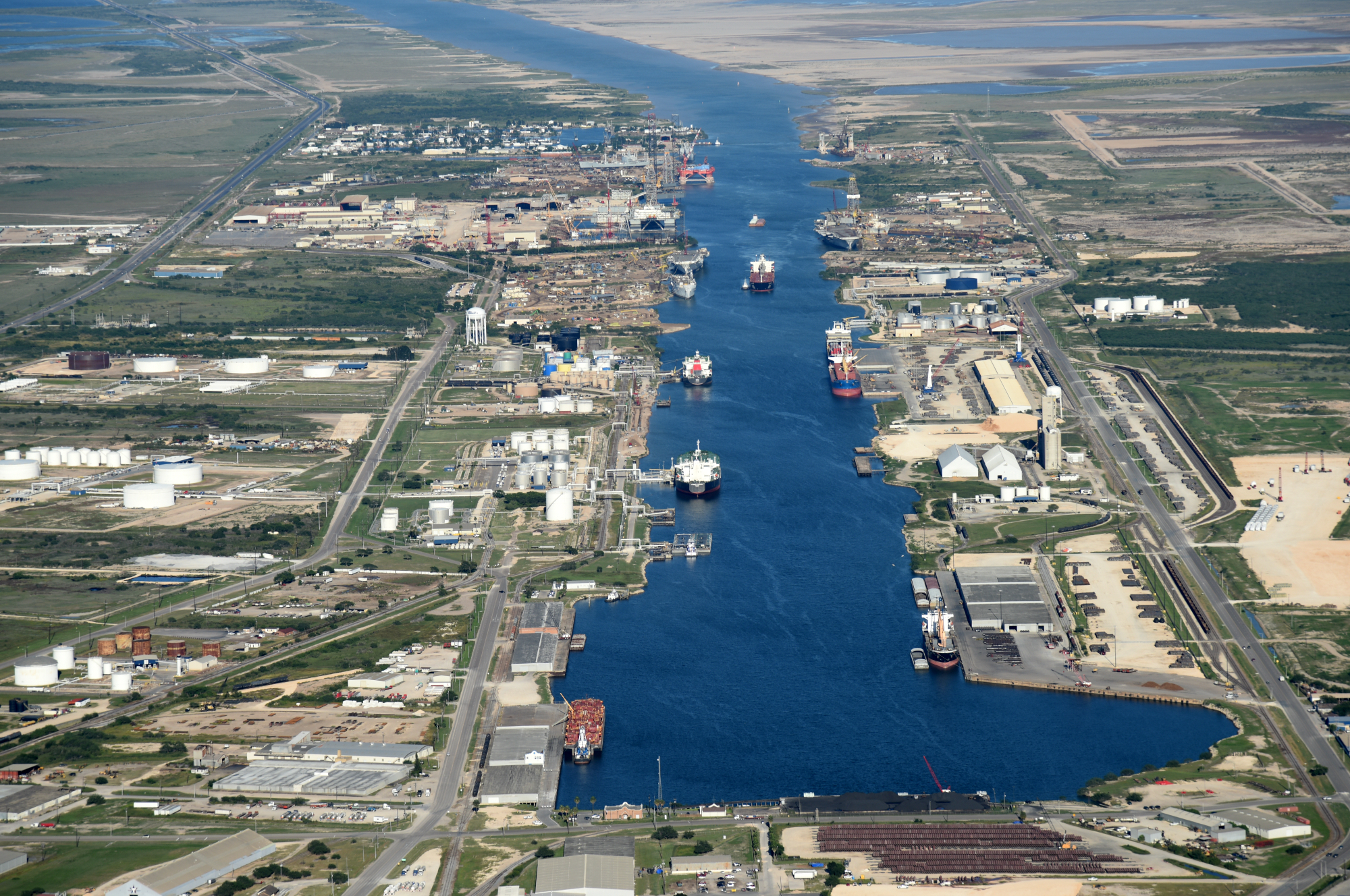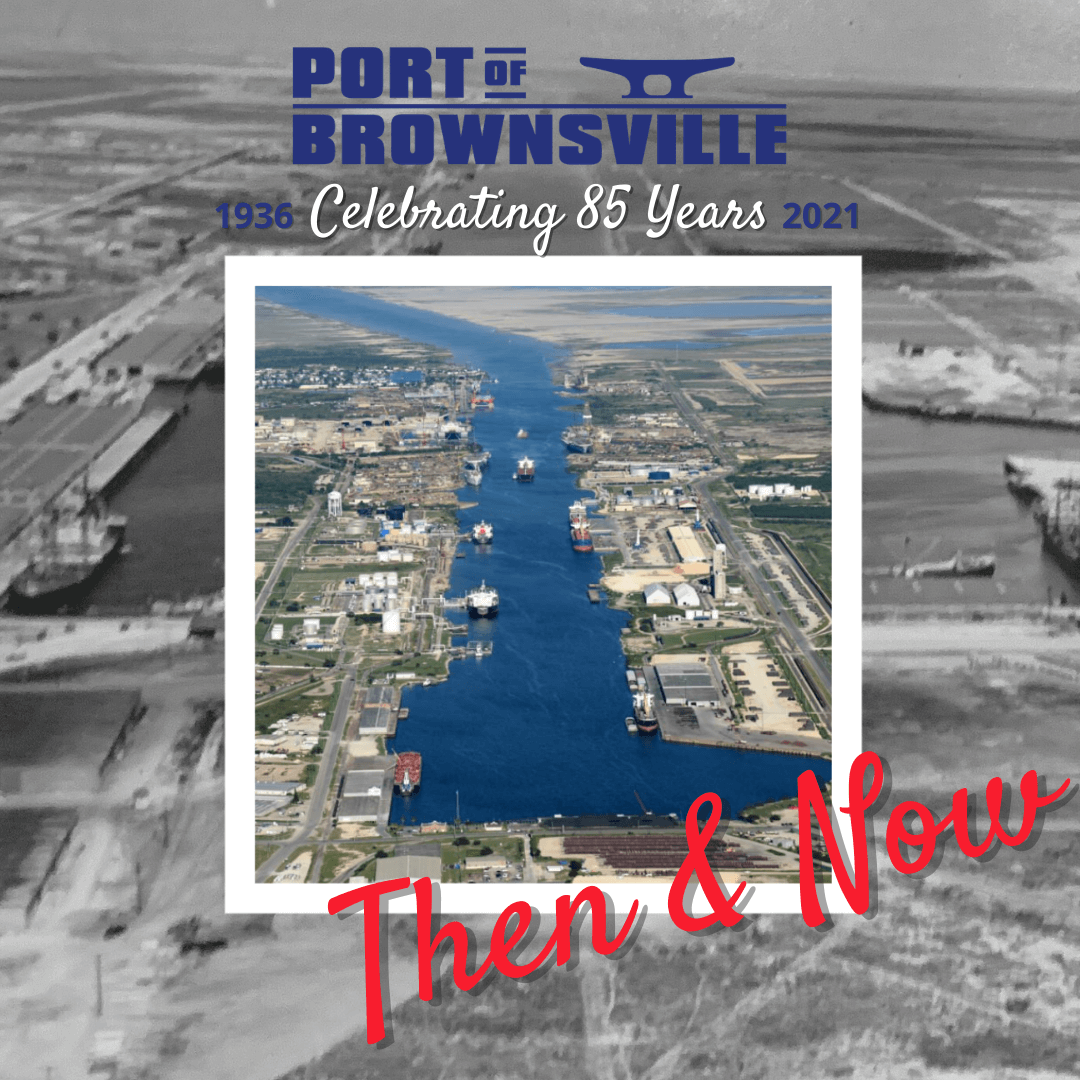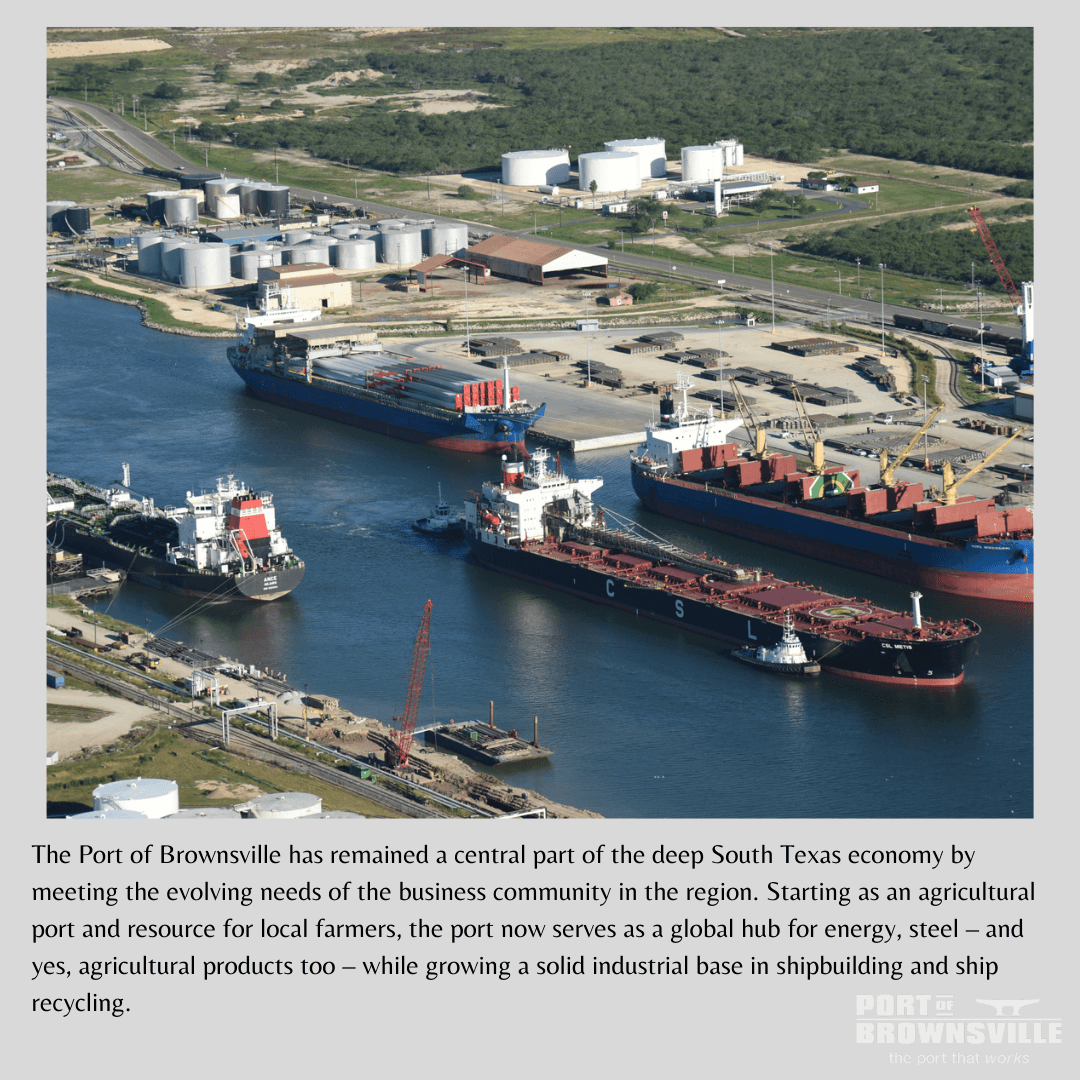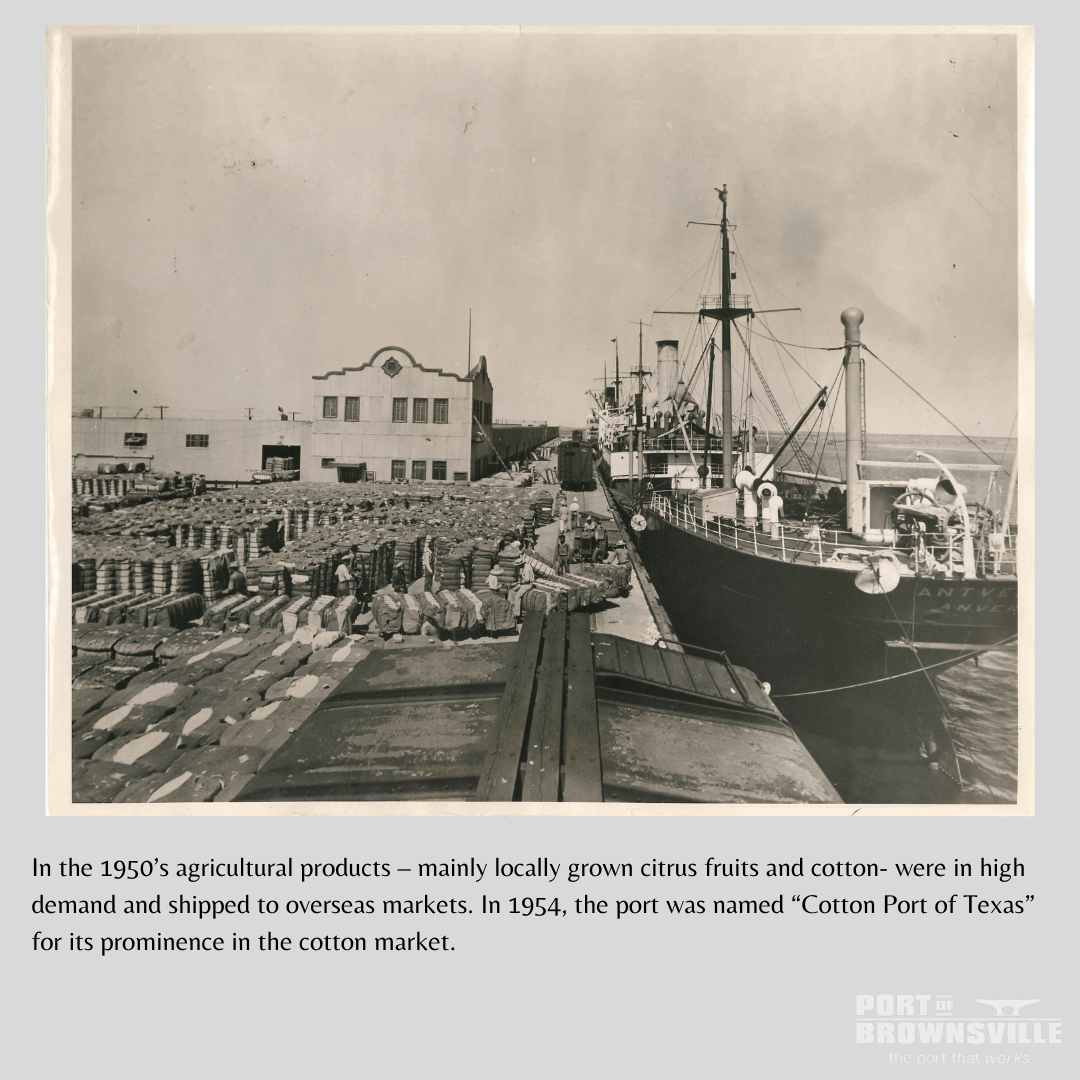Prudent Stewardship Allows Brownsville to Weather Economic Uncertainty While Remaining Competitive for Continued Job Creation and Development
BROWNSVILLE, Texas – May 15, 2020 – The Port of Brownsville ranks third among U.S. ports for “strong financial resilience” surveyed in a new report issued by Moody’s Investor Services, underscoring the ongoing value of the port’s prudent financial stewardship in light of economic impacts from the worldwide COVID-19 pandemic.
Moody’s analysis evaluated American ports on a range of key factors surrounding financial responsibility like the ability to handle the impact of a significant decline in cargo volume, financial liquidity and debt service coverage ratio. Weighing these important factors, the analysis ranks the Port of Brownsville among the most stable in the nation and better able to weather today’s unique economic challenges.
“We take our financial obligations very seriously and work to ensure we are responsible stewards of the port’s resources,” said John Reed, Chairman of the Brownsville Navigation District. “Even during today’s extraordinary economic climate, the Brownsville Navigation District Commission is taking responsible steps to maintain a stable financial foundation to attract continued growth and job creation.”
“Landlord” Advantage in Minimizing Risk
Moody’s report highlighted the important advantages of a “landlord” business model – in which authorities like the Port of Brownsville partner with tenants primarily through stable long-term leases – versus the “operator” model in which authorities conduct daily operations directly for port customers, which can result in “high revenue volatility in periods of stress.” The report concludes that “the landlord model has historically proven to stabilize revenues,” underscoring the Port of Brownsville’s advantage in managing risk as the largest land-owning port in the United States, with more than 40,000 acres and available resources for large-scale industrial developers.
“Healthy” Debt Service Coverage Ratio
The report also highlights the Port of Brownsville’s strong 5.0 Debt Service Coverage Ratio (DSCR), which is more than double that of most other ports Moody’s analyzed and indicates “a strong position from which to absorb and manage revenue pressures.” DSCR is a standard measure of cash flow available to pay current debt obligations. Through such careful financial management, “ports’ debt service coverage and liquidity are key credit features that enable them to manage revenue disruptions and other extraordinary challenges in this period of unprecedented stress,” the report states.
The Port of Brownsville continues to drive economic growth regionally and across Texas. A 2019 economic impact study by Martin and Associates – the nation’s leading maritime economist – found that economic activity generated by the Port of Brownsville resulted in $3 billion in economic impact and produced $201 million in annual tax revenues, supporting more than 51,000 jobs across Texas, including 8,500 in the Rio Grande Valley.
For a copy of the report visit: https://www.moodys.com/researchandratings/sector-in-depth/003003004/sector-research/sector-in-depth/003003004/003003004/-/0/0/-/0/-/-/-/-1/-/-/-/en/global/pdf/-/rra









